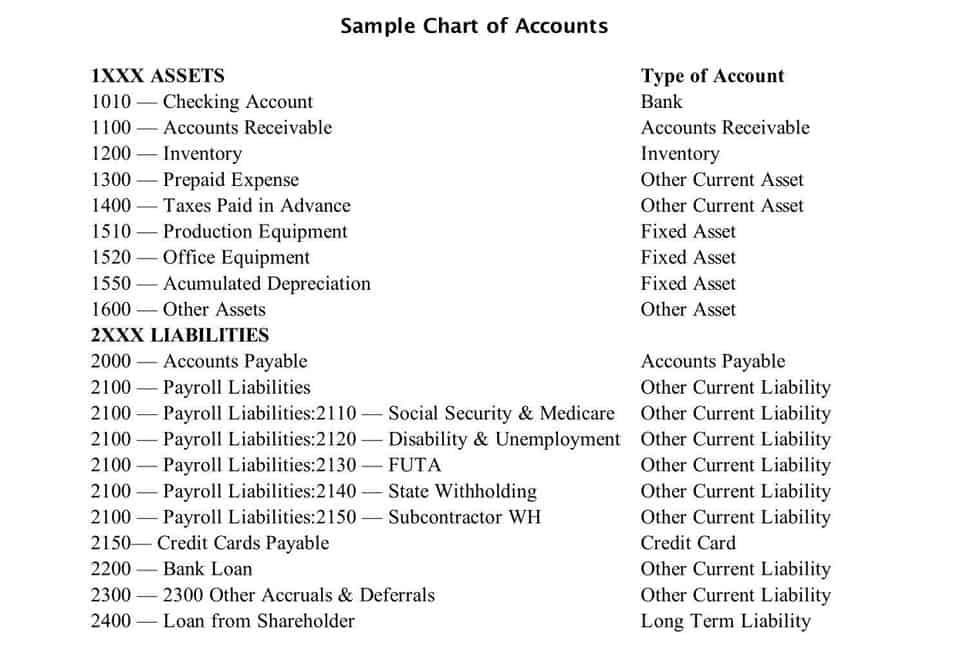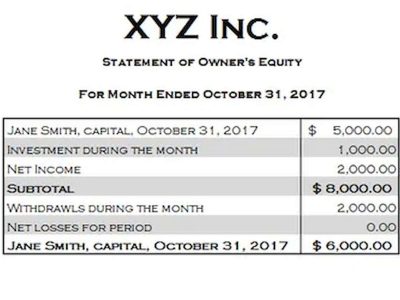
Join the digital logistics world and access a vast network of vetted freight forwarders from one gross vs net single place. At Eurosender, we collaborate with reliable cargo transport companies and international carriers and will connect you to the best provider for you. Our team of experts will act as an intermediary on your behalf to organise every detail of the shipping service. The seller is always responsible for paying export customs clearance in the country of origin when agreeing to use FOB, as they have to get the goods cleared and “free” for the buyer. The key is to keep your shipping documents clear, maintain open lines of communication, and consult experts when necessary. Armed with this knowledge, you’re well on your way to mastering FOB and steering your supply chain more effectively.

Understanding FOB Shipping Terms
DDP means “delivered duty paid.” Under this Incoterm rule, the seller agrees to deliver goods to the buyer, paying for all shipping, export, and import duties and taxes. DAP, or “delivered-at-place,” says a seller agrees to be responsible for transporting goods to a location stated in the sales contract. CIF means “cost, insurance, and freight.” Under this rule, the seller agrees to pay for delivery of goods to the destination port, as well as minimum insurance coverage. FAS stands for “free alongside ship” and is often used for bulk cargo transactions. It says that sellers must deliver goods to a vessel for loading, with the buyer taking responsibility for bringing them onboard. FOB, or “free on board,” is a widely recognized shipping rule created by the International Chamber of Commerce (ICC).

What are the Seller’s Responsibilities?
FOB Destination is different to FOB Shipping Point where the buyer is responsible for the shipping and transportation instead of the seller. In this case, the seller is responsible for loading the goods onto the carrier and arranging for transportation. The seller also assumes responsibility for the goods during transit, including liability for any damage, loss, or delay. If the goods are damaged or lost in transit, the seller must file a claim with the carrier or their insurance company.
- When using FOB Shipping Point or FOB Destination, it is important to comply with all legal requirements and regulations.
- We also break down demurrage vs. detention fees in supply chain container shipping here.
- DAP, or “delivered-at-place,” says a seller agrees to be responsible for transporting goods to a location stated in the sales contract.
- FOB Shipping Point is a shipping and accounting term that specifies the moment ownership of goods shifts from the seller to the buyer.
- Then, the seller sends an invoice to the buyer for reimbursement when the items are delivered.
- FOB status says who will take responsibility for a shipment from its port of origin to its destination port.
- Once the cargo leaves the seller’s warehouse, the buyer is in possession of the load, and can better control the successful outcome of their shipment.
FOB Origin vs FOB Destination: what’s the difference?
The phrase passing the ship’s rail is no longer in use, having been dropped from the FOB Incoterm in the 2010 revision. fob shipping point terms When the ship’s rail serves no practical purpose, such as in the case of roll-on/roll-off or container traffic, the FCA term is more appropriate to use. An alternative could be other Incoterms like CIF, EXW, or DAP, depending on the desired distribution of responsibilities. This means Beijing Traders must deliver the 2,000 tablets to Shanghai Port and load them on the ship arranged by the buyer, American Retail Inc.
- In this case, the seller pays the transportation charges and owns the goods while they are in transit until they reach the destination point.
- Created by the ICC, the FOB Incoterm is mostly used for international sea freight transport.
- If the goods are loaded into a container and the place of delivery is specified as a port, it is recommended to use FCA terms instead of FOB.
- F.O.B. shipping point is widely used in manufacturing, retail, and e-commerce industries.
- One such term is FOB (Free on Board), widely chosen for its clarity in specifying when the responsibility for the goods shifts.
However, FOB Destination can also result in higher costs for the seller, as they are responsible for all transportation expenses. Ultimately, the choice between FOB Origin and FOB Destination will depend on the specific needs and preferences of both the buyer and seller. FOB value for both buyer and seller can be calculated as per these costs incurred by them as per FOB rules. Simply put, the FOB Incoterm is an agreement between a buyer and seller that the cost of goods sold includes delivery to a specific port where ownership of the goods transfers from the seller to the buyer. In other words, once the goods are placed on the ship and “on board,” any risk of damage or loss shifts from the seller to the buyer. Knowing when you take ownership and liability for goods allows you to better plan for insurance and potential claims.

FOB Incoterms in Shipping – Meaning, Cost & Delivery Point
These terms determine ownership and payment responsibilities, influencing everything from shipping documents to customs clearance. The choice between FOB Origin and FOB destination depends on the specific needs of both parties. Since Dara Inc. has experience managing international shipping or wants to save on transport costs, FOB Origin, they decided to go forward this way. However, if the seller wants to minimize risk and offer a complete service (including delivery), FOB Destination would be a better option.
Advantages of FOB Destination Bakery Accounting include reduced risk for the buyer, as the seller is responsible for goods until they reach the destination. It also simplifies the logistics process for the buyer—they don’t have to arrange shipping and may benefit from the seller’s negotiated shipping rates. Shipping costs are pivotal in choosing between FOB Destination and FOB Shipping Point. In the context of modern supply chain technology, optimizing shipping costs has become increasingly important, and businesses are leveraging innovative solutions to achieve this.

The buyer should record an increase in its inventory at the same point (since the buyer is undertaking the risks and rewards of ownership, which occurs at the point of departure from the supplier’s shipping dock). Also, under these terms, the buyer is responsible for the cost of shipping the product to its facility. One of the main benefits of FOB Shipping Point is that the buyer has more control over the transportation process. They can choose their carrier and negotiate their own shipping rates, which can lead to more cost savings. However, the buyer also assumes all responsibility for the goods during transportation, which can be a significant risk if the goods are expensive or fragile.
